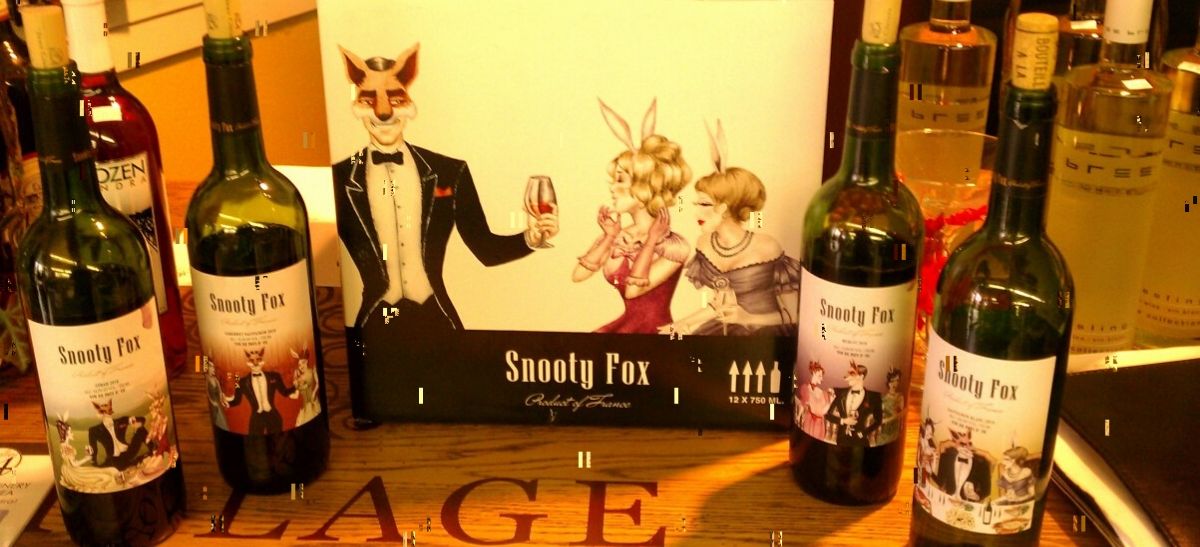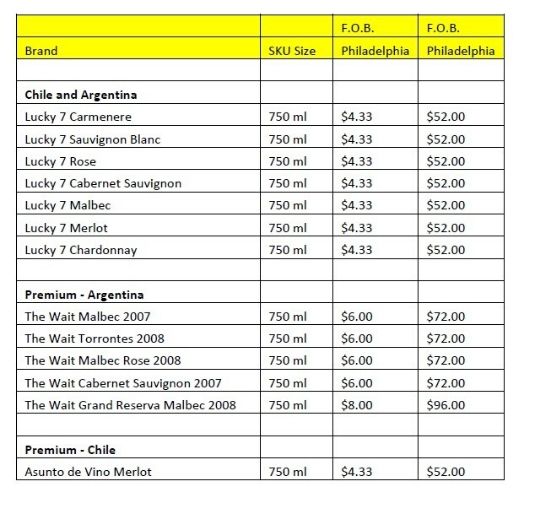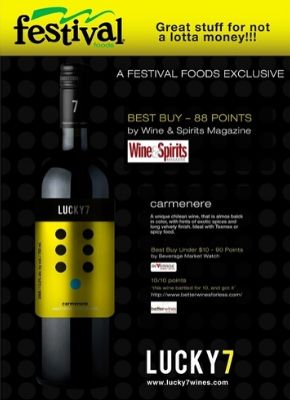Early Bird
Deadline
January 31, 2026
Judging
Date
May 18, 2026
Winners
Announced
June 10, 2026

One key component of the sales process is sending samples to your prospective distributors and importers around the world or within states if expanding in other states. So how should you send samples to your prospective distributors? here are some tips that will help you close more deals.
If you have 3 SKU's, send 4 each. If you have 12 SKU's, send 4 cases, and so on. Point is a minimum of 4 bottles per SKU. Even if its a spirit. For beers maybe double that. The best marketing investment you can do is 'use of your product'. It will cost you less but has a maximum impact. Here's why...and how your samples are getting used at the distributor's business.
Most of small and medium-sized distributors are owner run and they are the decision-makers along with a wine expert who is also selling wine out on the street. They all come in Friday for their Friday sales meeting, collecting samples for their Friday store tasting, collecting accounts sheets from their admin to collect money, collecting some wine to deliver themselves, catch up and "deciding on new products" and market needs based on what they hear out on the street. So at 10 am the reps, wine buyer and the boss is in the meeting room opening your samples.
They see your samples, some samples are in white non branded box which is a huge mistake.
This is also an IMPORTANT element for small and medium distributors as when they store your product, its easy for them to locate, and its easy for the warehouse personal to find your product. I hated white cases when I consulted for a wholesaler for a few years. and I loved sturdy branded cases...my team could hold them nicely. I also loved standard bottle size so it all fitted nicely on the pallet. No pay attention to these small things: you need to be preferred supplier...so the last thing you want to give is a tall bottle of wines with white cases (no offense to producers who have this, but i am just saying this will work against you in most cases). Now imagine the same problem at the retailer...they have even less space and resources.
So let's say you have this nice branded box of your wine in their office marked as samples. Your distributor pulls the wines out and now has to go back to the laptop to check who you are, what your pricing is, and so on....and there comes your email with so many attachments about your winery and not much about how you will help them sell. So here's the tip, send 2 emails, one about your story and one for which the title says "Support, Pricing, and Marketing Program Attached For Your Samples Meetings"
In that email, give them a reason to buy, how you will help them sell, and the program which includes launch deal, sample deals etc. It should be a nice PDF that they can print and share in their meeting with base pricing and all the above. Tip: try and do line pricing of your SKUs'. I always liked suppliers with simple pricing like $48 a cs / $4 a bottle for all their varietals instead of $62 for merlot, $73 for shiraz, and so on. Make some extra money on some SKUs and lose some money on some skus but try to make it all line priced for the distributor and retailer. A lot of suppliers go for cost-based pricing, its ok to make 70% on some and 20% on some but when you are launching try to see if you can come up to line pricing. In fact buy bulk wine and try line pricing if your goal is to sell 100,000 cases of that brand. Of course, if you cant, you should not. Below is the line pricing of my wines - year 2011.

and there was one deal: but 10 pallets mix and match however way between my brands, and i will cover the shipping cost to their warehouse.

My point is to give this information and a very clear way and it should be there when they are tasting the product.

Show them real pictures and show them you will make custom case cards or shelf-talkers if needed for chain accounts and so on. In the picture, one of my case cards we did for Festival Foods chains floor placement.
Distributors and reps, want to see your scores, marketing materials (that help them sell).
Now not many people do this. I used to do this when I was selling my wine and I loved it when I was buying as well as a wholesaler. Because of this - I don't have to open my laptop and print. I have all the things in the box. I also have a letter that says which products along with business card stapled so i can call the supplier right away from the meeting if I have any questions. Always encourage them to call you right away if they have questions while they do their tasting.
Now, now they have tasted and opened your bottles and one key person is missing. If you don't have an extra bottle left, your chances are 50%. Because maybe there is another supplier that had the extra bottle that the key person gets to taste on Monday when he/she returns and may be they are the ones who get a chance because the distributor only wanted that one Chilean producer. So here is when that extra 3 bottles will help...one can be used for the people that could not taste in the distributor's business.
The other 2 bottles are used this way...
if a distributor wants to carry your product, they will give the 2 bottles to their sales reps which also liked your product and they will take it out to their retailers and show them and get their feedback. Some may try to pre-sell. Some times the retailers may ask them to leave one bottle...the last thing distributor will do is say no to their account. Thus, always give extra bottles, let them pre-sell. In fact its better. I loved it when my distributors presold my wine before buying...because that means depletion would happen fast and i would get a new order soon and i would get paid soon. The point of sale that you sent in the 'sample box' will also help the sales rep in making their initial presentation to their accounts.
If a distributor is still left with your extra bottle, and they have NOT made a decision yet on your product, guess what, when you send that follow up email in a week's time, they may open that bottle again and taste and you may get lucky that time. It helps them if they are not decided in the first batch.
To sum up, samples are THE most important thing in conversion. Samples do not just mean bottles, treat samples as a sample box and everything that goes into the sampling process. By Sid Patel, CEO of Sommeliers Choice Awards and Beverage Trade Network.
Enter your Wines now and get in front of top Sommeliers, Wine Directors, and On-Premise Wine Buyers of USA.
